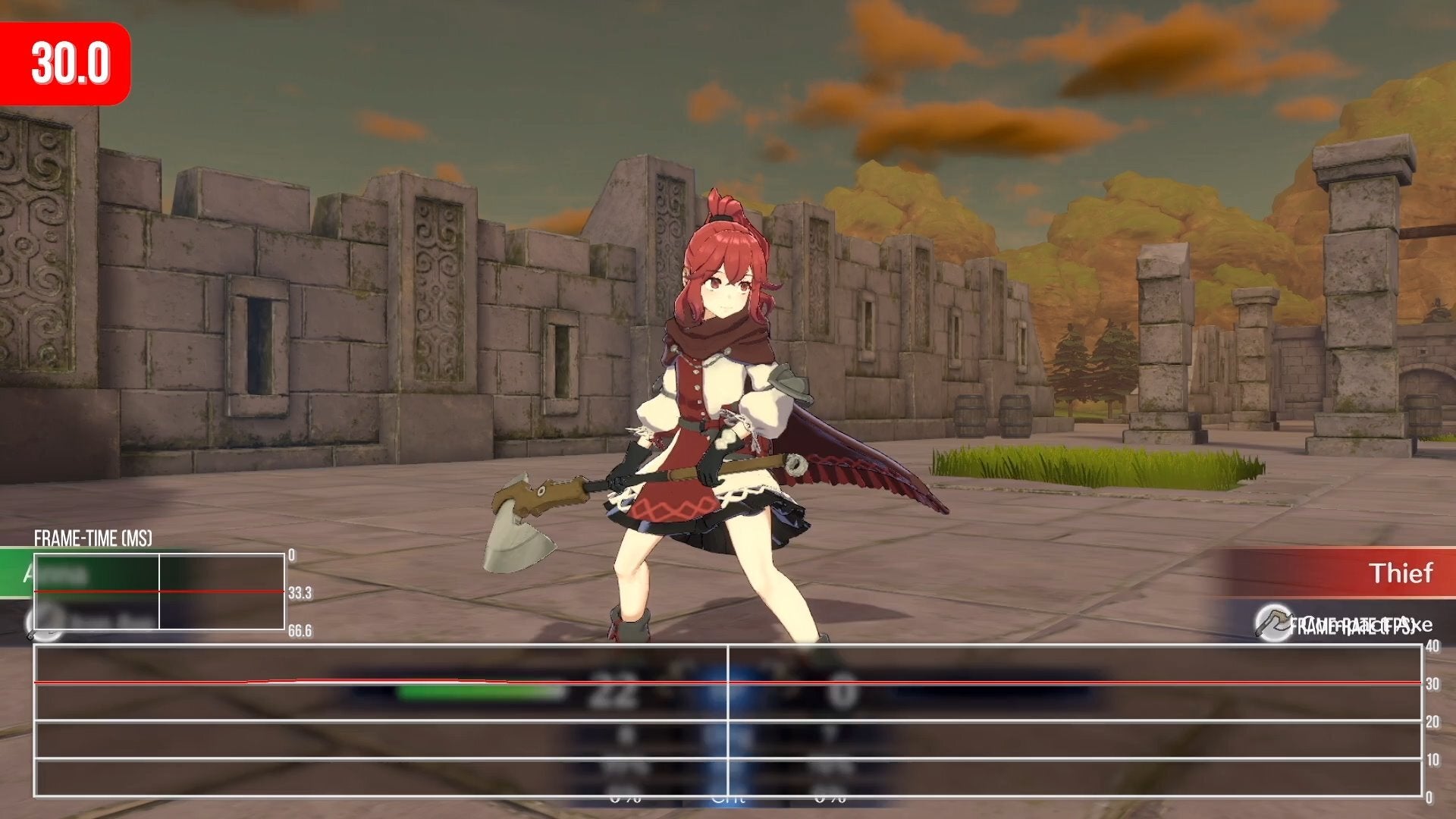Fire Emblem is one of Nintendo’s longest running series, but one that only began appearing outside of Japan during the Game Boy Advance era. Since then, impressively, the series has managed to gain popularity around the world with the first mainline Switch entry, Three Houses, quickly becoming the best-selling game in the entire series. The latest series entry – Fire Emblem Engage – delivers promising first impressions, with a range of improvements over its predecessor.
For those unfamiliar with the series, the gist is this – Fire Emblem is a tactical role-playing game. Battles are fought across a series of map broken up into a grid around which players can move their units. You’ll build up your characters between battles while working your way through the main campaign. It’s wickedly addictive and the series has long been respected as a result.
With Fire Emblem Engage, Intelligent Systems returns to some of the series more traditional concepts with a fantasy-driven story spread across multiple continents serving as the game’s framework as opposed to the almost Persona-esque school system of Three Houses. That’s not to say some of these ideas haven’t been carried over – the light exploration and side content remains – but it carries a different tone.
One key thing that has changed, however, is the presentation. For everything Three Houses did well, I always felt that the presentation was a disappointment compared to prior entries. A muted color scheme, extremely basic background design devoid of lighting and thin, aliased edges on characters are just three problems the game faces. It’s not a good-looking game when you get right down to it – but developer Intelligent Systems has pedigree here as Paper Mario: The Origami King is a beautiful game.
Engage doesn’t quite reach the same heights, but it’s clearly a big improvement over Three Houses. Character rendering is a big step up. Designs were handled by popular artist Mika Pikazo, who is widely known for her bold use of contrasting colors in her character work. While the style may not resonate with everyone, their technical implementation is a marked improvement. Thicker, cleaner strokes outline characters while flat colors and more subtle flourishes help tie everything together. They’re cleaner, bolder and just work better all around.
Environments too are generally improved both in battle and during exploration – the ugly, low-resolution textures and flat lighting of the prior game gives way to something that feels at least somewhat more visually attractive overall. No technical boundaries are being pushed, mind you, but overall asset quality and presentation of those assets has certainly improved.
In terms of image quality, things have improved as well. Three Houses notoriously uses no anti-aliasing whatsoever – it’s just raw pixels all day resulting in an exceptionally noisy image. With Engage, the team has finally deployed some sort of edge smoothing. It might just be something as simple as FXAA but either way, edges are now far cleaner and less noisy compared to the prior game – something that helps the artwork shine. Resolution wise, most pixel counts I performed came in just below 1080p – usually in the 972p range or so. Portable mode is also slightly below the native 720p of the Switch but, thanks to AA, it winds up looking a lot cleaner. So overall image quality is a huge win for this title.

Some other tidbits regarding presentation – real-time dialogue sequences cleverly blend 2D background imagery with 3D models. The result feels like a high-end visual novel in many ways and works surprisingly well. However, all major cutscenes are simple video clips, exhibiting visible macroblocking and compression artefacts. It’s certainly better than many Switch titles in this regard but ultimately not my preferred method for cutscene presentation.
Another improvement centres on the game’s user interface. Three Houses boasts a rather ornamental selection of fonts and window designs but it feels somewhat inconsistent with angled designs used in certain scenarios contrasted against a flat layout in other situations. Engage, in comparison, once again feels more consistent and uniform in its design with a shared aesthetic used in all situations.
Performances are also improved over Three Houses. Just like the last game, there’s a 30fps target, but it’s achieved more consistently, which is a big plus point in combination with the improved image quality. There is one area where the game does exhibit regular hiccups, I should note – the transition point. Now this is an awesome feature that was also in Three Houses where the game seamlessly zooms in from the battlefield down into the combat view but every time it happens, there is basically a brief pause in the action that manifests as a stutter. Aside from this, however, overall performance feels more consistent than Three Houses both in docked and handheld.
Gameplay-wise, I’ve only played through the first eight chapters thus far – just scratching the surface – but based on my experience, I’m excited to continue. It borrows some of the elements I enjoyed from Three Houses but delivers what feels like a more traditional Fire Emblem experience – in a way, it feels like a follow-up to the 3DS games with a fleshed out feature set.
Overall, I’m happy with the technical improvements made over the prior entry. It looks and feels a lot better than the excellent but homely Three Houses while solving many of its performance issues – and that includes the lengthy loading times. Fire Emblem Engage may not be a technical marvel, but it’s an example of a game that feels perfectly at home on the Switch.
Be the first to comment